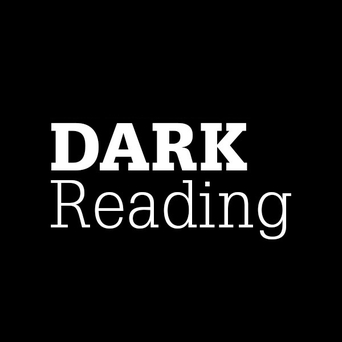
SEATTLE – June 28, 2023 – WatchGuard® Technologies, a global leader in unified cybersecurity, today announced the findings of its latest Internet Security Report, detailing the top malware trends and network and endpoint security threats analyzed by WatchGuard Threat Lab researchers in Q1 2023. Key findings from the data show phishers leveraging browser-based social engineering strategies, new malware with ties to nation states, high amounts of zero day malware, living-off-the-land attacks on the rise, and more. This edition of the report also features a new, dedicated section for the Threat Lab team’s quarterly ransomware tracking and analysis.
“Organizations need to pay more active, ongoing attention to the existing security solutions and strategies their businesses rely on to stay protected against increasingly sophisticated threats,” said Corey Nachreiner, chief security officer at WatchGuard. “The top themes and corresponding best practices our Threat Lab have outlined for this report strongly emphasize layered malware defenses to combat living-off-the-land attacks, which can be done simply and effectively with a platform for unified security run by dedicated managed service providers.”
Among its most notable findings, the Q1 2023 Internet Security Report reveals:
Consistent with WatchGuard’s Unified Security Platform® approach and the WatchGuard Threat Lab’s previous quarterly research updates, the data analyzed in this quarterly report is based on anonymized, aggregated threat intelligence from active WatchGuard network and endpoint products whose owners have opted to share in direct support of WatchGuard’s research efforts.
New for this Q1 2023 analysis, the Threat Lab team has updated the methods used to normalize, analyze, and present the report findings. While previous quarterly research results have primarily been presented in the aggregate (as global total volumes), this quarter and going forward the network security results will be presented as “per device” averages for all reporting network appliances. The full report includes additional detail around this evolution and the rationale behind the updated methodology, as well as details on additional malware, network, and ransomware trends from Q1 2023, recommended security strategies, critical defense tips for businesses of all sizes and in any sector, and more.
For a more in-depth view of WatchGuard’s research, read the complete Q1 2023 Internet Security Report here.
About WatchGuard Technologies, Inc.
WatchGuard® Technologies, Inc. is a global leader in unified cybersecurity. Our Unified Security Platform® approach is uniquely designed for managed service providers to deliver world-class security that increases their business scale and velocity while also improving operational efficiency. Trusted by more than 17,000 security resellers and service providers to protect more than 250,000 customers, the company’s award-winning products and services span network security and intelligence, advanced endpoint protection, multi-factor authentication, and secure Wi-Fi. Together, they offer five critical elements of a security platform: comprehensive security, shared knowledge, clarity & control, operational alignment, and automation. The company is headquartered in Seattle, Washington, with offices throughout North America, Europe, Asia Pacific, and Latin America. To learn more, visit WatchGuard.com.
For additional information, promotions and updates, follow WatchGuard on Twitter (@WatchGuard), on Facebook, or on the LinkedIn Company page. Also, visit our InfoSec blog, Secplicity, for real-time information about the latest threats and how to cope with them at www.secplicity.org. Subscribe to The 443 – Security Simplified podcast at Secplicity.org, or wherever you find your favorite podcasts.
WatchGuard is a registered trademark of WatchGuard Technologies, Inc. All other marks are property of their respective owners.